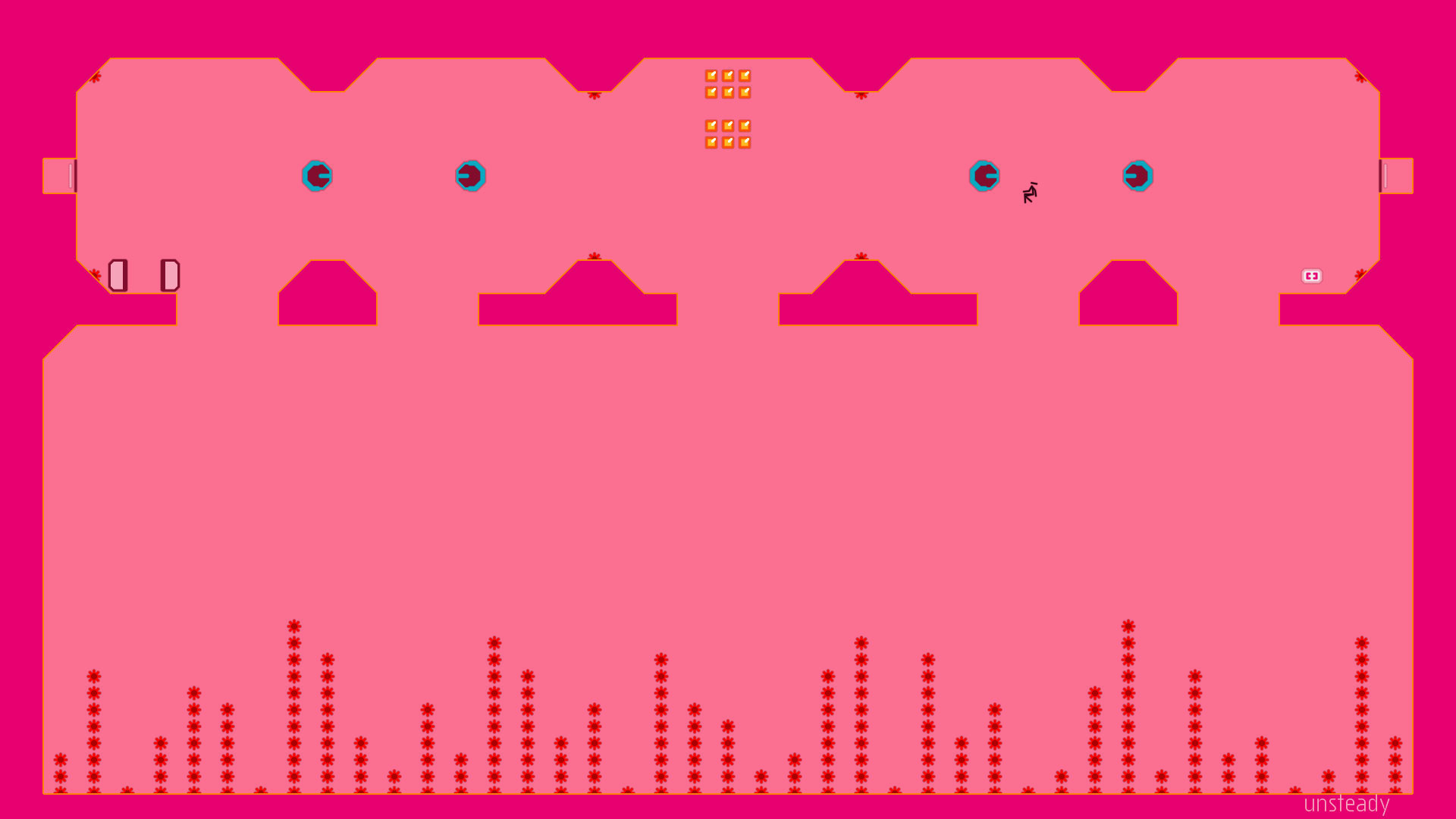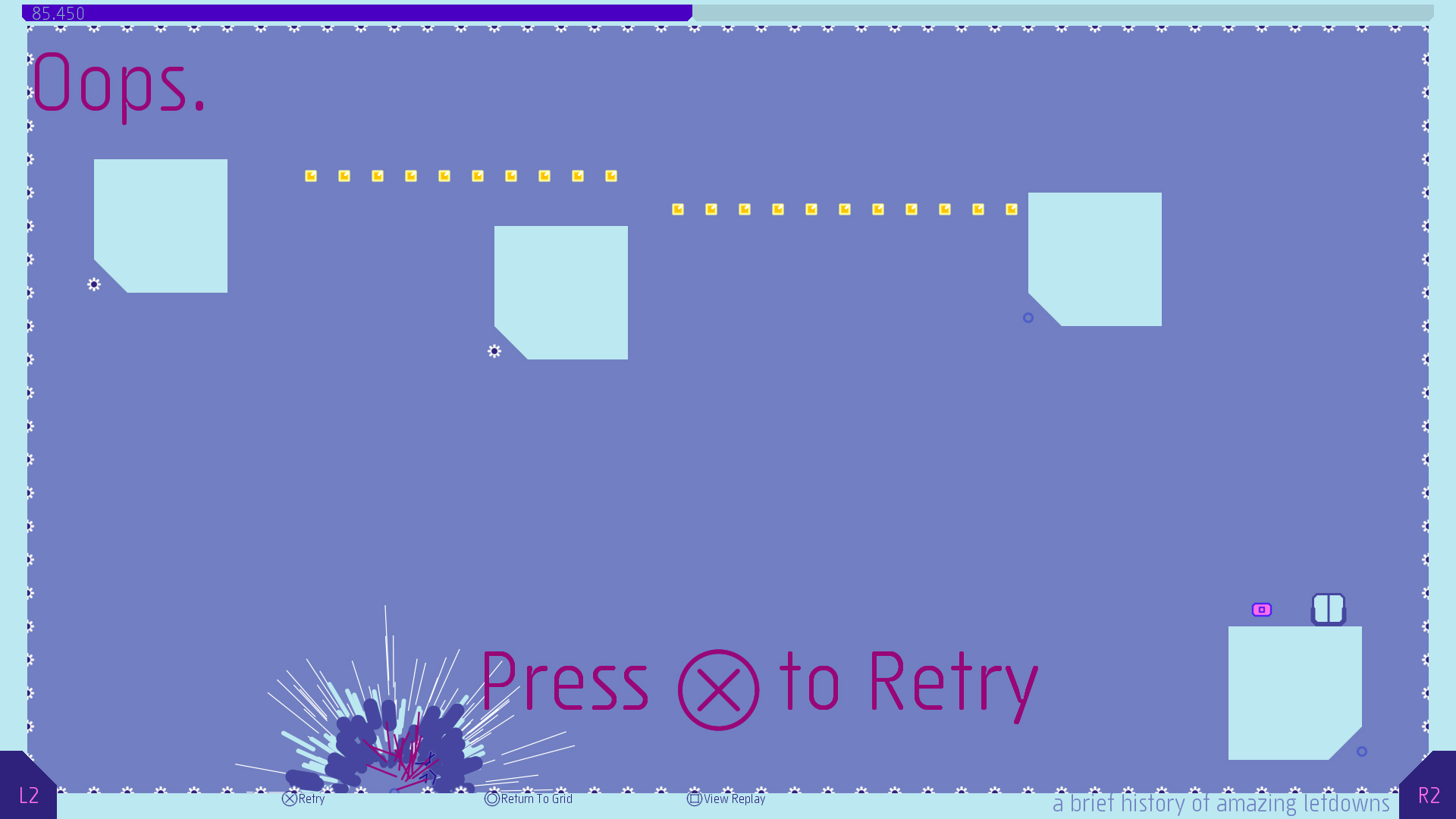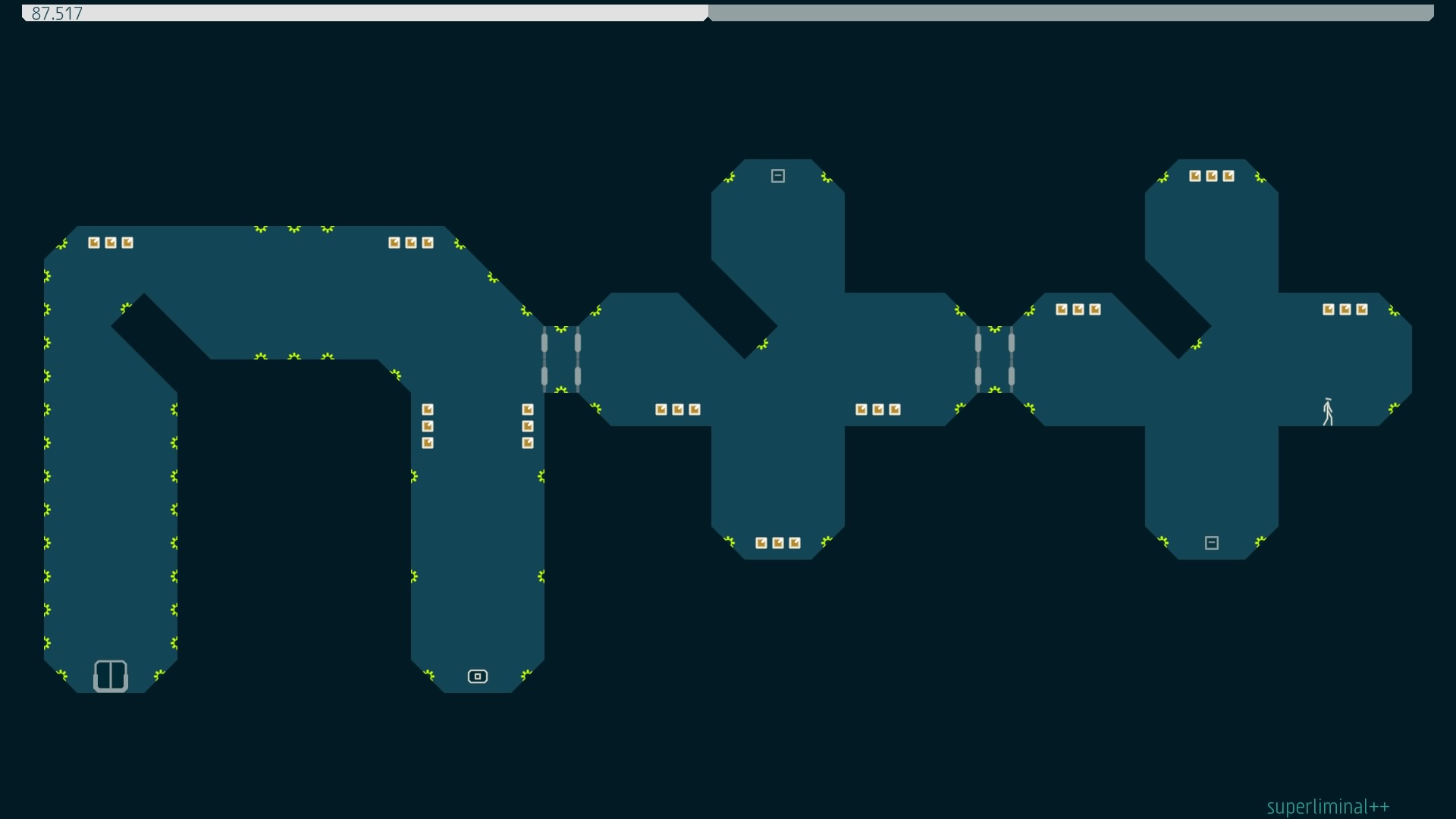N: The Way of the Ninja was the PC's best platformer, and then it got better
Perfecting the perfectionist platformer.

This article first appeared in PC Gamer magazine issue 365 in January 2022, as part of our 'Positive Influence' series, where every month we chat to a different developer about the inspirations and unexpected connections behind their work.
If limitations breed creativity, then today's developers have it harder than ever. With free access to the world's top game engines—not to mention the knowledge bank of an entire industry available through Twitter, YouTube, and Discord—there's little holding them back. When two Toronto students named Mare Sheppard and Raigan Burns set out to make a platformer back in 2001, however, they had nothing but limitations.
"We both had old computers that couldn't run AAA games," Burns remembers. "But they could run freeware games no problem." For a couple of years he played Soldat—a twist on Worms built around jet boots. "If you jump and then thrust, you can fly upwards," Burns says. "Because your jump momentum is added to the thrust momentum." It turned out to be a simple piece of code to copy.
Then, one day, a Bungie dev in a Usenet group called Game Dev Algorithms shared how object collision worked in Halo. "The thing is," Burns says, "there wasn't a lot of good information out on the internet back then." And so N: The Way of the Ninja was born—a platformer about building momentum, and avoiding collisions.
Metanet didn't have Unreal Engine 4 or instant publishing through Steam—instead it had Adobe Flash, which could be used to make 2D games. "When we were using it, it only had vector rendering, which looked beautiful, but was really, really slow," Burns says. "The speed was proportional to the number of pixels that changed every frame, so we knew from the beginning—no scrolling. And everything should be as small as possible, so that the number of pixels changing is low."
Inspired in part by the Japanese freeware game Puchiwara no Bouken, the pair made the player's ninja a tiny stick figure, who navigated brutalist rooms made up of grey, angular passageways. The maps involved minestrewn chicanes, homing rocket death strips and hundreds of retries, but they never took up more than a single screen. "Parkour was starting to be a thing," Burns says. "Once we had that additive momentum vertically, wall jumping became very acrobatic, because you could gain speed."

Metanet leaned into the difficulty, but was smart about it. Sheppard and Burns used their independent status to question the wisdom of inherited platforming traits like Game Over screens. "There was definitely a sense that certain concepts in game design were stuck in the past or just sucked," Burns says.
"A lot of times we were pushing back," Sheppard adds. "Why do they have to always be this way?" Though N was tough, it wasn't punishing—once you died, the screen simply reset, and you tried again. Hit points and extra lives were just two more things Metanet didn't need to work out how to program.
The biggest gaming news, reviews and hardware deals
Keep up to date with the most important stories and the best deals, as picked by the PC Gamer team.
"The minimalism was definitely an explicit thing we wanted to do, but it was because we knew we were just two people and we were learning," Burns says. "So we simplified and got rid of all the window dressing."
When N was released, the browser version ran badly—not that players of the time cared. You didn't turn your nose up at a free game back then. Not when it let you soar like Sonic starring in an off-Broadway production of Crouching Tiger, Hidden Dragon.

The N'd
Since then, Metanet has only published new iterations of N. "We've made a bunch of other stuff," Burns says. "It's just, nothing is good enough. We don't really want to release a game unless we have as much fun playing it as we have playing N, which is a pretty high bar for us to meet."
Even N+ and N++, the critically acclaimed commercial follow-ups to the free project, aren't sequels as such. Burns describes them as further excavations—attempts to pull a perfect statue from the marble of that original idea.
"We were definitely aware that there was this latent potential that we had accidentally hit upon with N," he says. "It wasn't until we were making N++ that we realised that playing the game is about this perfectionism, and that's us. It's like a fractal."
Jeremy Peel is an award-nominated freelance journalist who has been writing and editing for PC Gamer over the past several years. His greatest success during that period was a pandemic article called "Every type of Fall Guy, classified", which kept the lights on at PCG for at least a week. He’s rested on his laurels ever since, indulging his love for ultra-deep, story-driven simulations by submitting monthly interviews with the designers behind Fallout, Dishonored and Deus Ex. He's also written columns on the likes of Jalopy, the ramshackle car game. You can find him on Patreon as The Peel Perspective.

